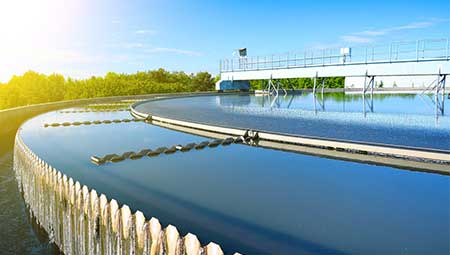loka . 01, 2024 17:34 Back to list
Affordable Gabion Services and Cost Estimates for Your Landscaping Needs
Understanding Gabion Cost Services An Essential Guide
Gabions, originating from the Italian word gabbione, meaning large cage, are wire mesh containers filled with rocks, soil, or other materials. They are widely used in civil engineering, landscaping, and environmental applications. Their versatility and effectiveness at controlling erosion and stabilizing slopes make them a popular choice for various construction projects. However, one crucial aspect to consider when planning to use gabions is the associated costs and services.
Cost Factors of Gabion Installation
The cost of gabion installation can vary significantly based on several factors. Firstly, the type and quality of materials selected play a pivotal role. Gabion baskets can be made from different materials, including galvanized wire, PVC-coated wire, or even stainless steel, each affecting the overall price. Galvanized wire, for instance, is generally more economical, while stainless steel offers enhanced durability, especially in corrosive environments.
Secondly, the size and design of the gabion structure directly impact costs. Larger and customized gabion solutions may require more materials and labor, leading to higher expenses. Additionally, the fill material can vary, with options ranging from locally sourced stones to specialist aggregates, again influencing the total cost.
Labor and Installation Services
gabion cost service

Labor costs are another significant component of gabion project expenses. The complexity of the installation often dictates the amount of labor required. For small projects, one or two skilled laborers might suffice; however, larger installations may necessitate a more substantial workforce, raising labor costs accordingly. It's crucial to work with experienced contractors who can provide an accurate estimate by assessing the site conditions and the specific requirements of the project.
Moreover, the location of the project can affect costs. Sites that are difficult to access or require extensive preparation work, such as grading or clearing, may incur additional costs. Therefore, it's essential to have a clear understanding of geographical factors when budgeting for gabion costs.
Maintenance Considerations
While gabions are known for their durability, they still require periodic maintenance. Understanding potential long-term maintenance costs is vital for budget planning. Regular inspections are necessary to ensure that the structures remain stable and effective. Over time, adjustments may be needed, especially in areas with significant erosion or environmental changes.
Conclusion
In summary, when considering gabion projects, it is important to take into account various cost factors, including materials, installation, and potential maintenance. Engaging with professional services can help navigate these costs, enabling a streamlined and effective installation process. By understanding the detailed breakdown of gabion costs, individuals and businesses can make informed decisions that align with their budgetary constraints while achieving the desired outcomes for their projects. Whether for erosion control, landscaping, or aesthetic purposes, investing in high-quality gabion services can provide significant long-term benefits.
-
High Quality 9 Gauge Expanded Metal Mesh & Chain Link Wire Mesh Fence Manufacturer
NewsJun.10,2025
-
Barbed Wire Roll Price - Wholesale Exporters & Reliable Factories Supply
NewsJun.10,2025
-
High-Quality Temporary Mesh Fence Panels for Sale Durable Temporary Fence Panels Supplier
NewsJun.10,2025
-
Welded Wire Fence Mesh Exporters Custom Sizes & Competitive Pricing
NewsJun.10,2025
-
Durable China Expanded Metal Security Mesh High-Security & Affordable
NewsJun.10,2025
-
White Expanded Metal Mesh Durable for Temp Fencing & Plaster
NewsJun.10,2025



